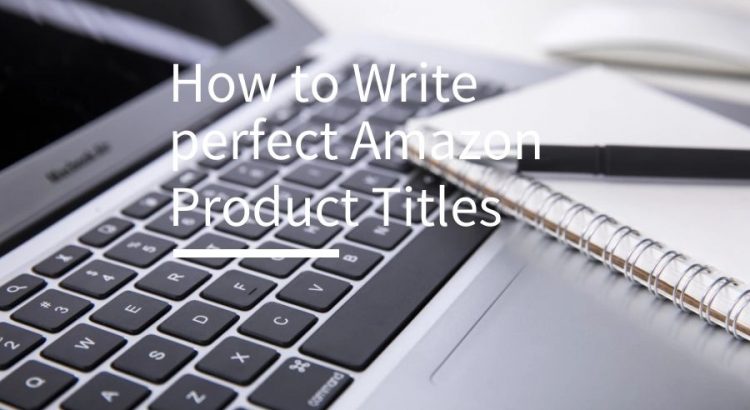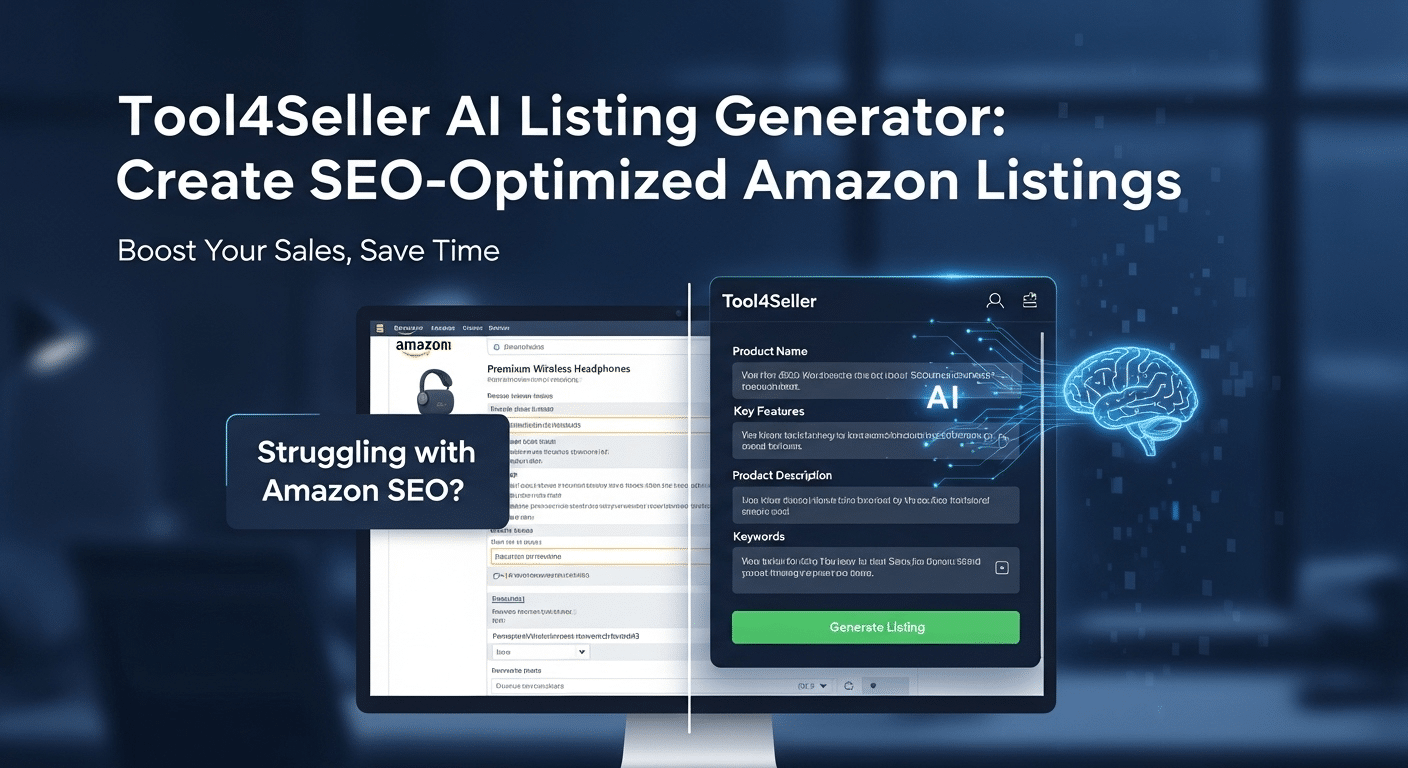How to Write perfect Amazon Product Titles(2019 ultimate optimization tutorial)

A great Amazon Listing directly determines whether a product can become a top-selling product or profitable item on Amazon. The listing optimization, particularly important, focuses on the two key points:
1, Increase exposure and click;
2, Enhance the conversion rate.
As we all know, the weightage in a Listing are ranked as follows:
Title > Bullet Point > Search Terms > Product Description.
Title
The product name is the highest weightage. Its importance can be compared to the relation between a high-quality sales copy and a product. The product name allows consumers to simply and directly understand “What is this product? What can it be used? ”. Therefore, a bad product title will miss a large number of potential target consumers, thereby resulting in a lack of real exposures and clicks. Besides, the import of inaccurate traffic may result in a low conversion rate. In the long run, the weight of Listing will be affected greatly.
How to write a good title?
- Deeply understand the product and its function and performance
- Find several like products ranking top in the sales volume through platform or tool, and obtain core keywords and attribute keywords in the title through analyzing
Of course, if your product brand has been operated to a famous degree, a brand name + a product name are enough. I believe that everyone has seen that Amazon’s self-employed and famous brands like Anker in the bestseller lists of many categories have very short product titles, but their sales volumes are very high. This is the brand-based effect, which can be transformed into a large number of exposures and transactions, thereby increasing the weight and forming a good cycle.
A high-quality product title requires four elements:
brand name + product name + attribute + identification data
The brand name is no longer described too much here. Let’s take a look at the other three elements.
Product name
The product name includes core keywords and auxiliary keywords. Taking the smart bracelet as an example, you can set the core keywords of the product into any one of the smart watch, smart band, and smart bracelet. Here, you shall confirm the most appropriate and strongly-correlated keyword according to the understanding of the product. Other auxiliary keywords are derived from some functions of the smart bracelet, such as fitness tracker, activity tracker, step counter and so on. The product name made up of the above two parts is a basic framework for the entire listing and a source of core traffic.
Attribute
The attribute keyword refers to the product function and includes but not limited to the product function, which also includes some use scenes. For example, the smart bracelet also provides functions such as heart rate monitor, sleeping monitor, blood pressure, etc. and corresponding use scenes. These attribute keywords can be linked together by the word “with” in the listing compilation.
Identification data
The identification data include gender, material, color, size, model, etc., for example, is the bracelet a female style or a male style? whether its material is waterproof or not? what color is it? what kind of the customer’s wrist can it fit? what model is it? After the buyers confirm that the function is what they need, these identification data can help them decide whether or not to place the order, thereby avoiding the good return after purchase due to size, color, material and other reasons, which will increase operating cost.
The following standard that Amazon strongly recommends for the title content:
- Titles must not exceed 200 characters, including spaces.
- Titles must not contain promotional phrases, such as “free shipping”, “100% quality guaranteed”.
- Titles must not contain characters for decoration, such as ~ ! * $ ? _ ~ { } # < > | * ; ^ ¬ ¦
- Titles must contain product-identifying information, such as “hiking boots” or “umbrella”.
- Titles should be concise. We recommend fewer than 80 characters.
- Don’t use ALL CAPS.
- Capitalize the first letter of each word except for prepositions (in, on, over, with), conjunctions (and, or, for), or articles (the, a, an).
- Use numerals: “2” instead of “two”.
- Don’t use non-language ASCII characters such as Æ, ©, or ®.
- Titles should contain the minimal information needed to identify the item and nothing more.
- Don’t use subjective commentary, such as “Hot Item” or “Best Seller”.
- Titles can include necessary punctuation, like hyphens (-), forward slashes (/), commas (,), ampersands (&), and periods (.).
- Titles can abbreviate measurements, such as “cm”, “oz”, “in”, and “kg”.
- Don’t include your merchant name in titles.
- Size and color variations should be included in titles for child ASINs, not the main title (see below).
A great product title is to help customers know what you are selling at first glance, and whether they need or not. As long as you focus on Amazon’s search from the perspective of the buyers, you can get a good exposure and conversion rate for listing.
About Tool4seller
A best-in-class Amazon seller tool that is specialized in sales& profits analytics, PPC optimization, keyword research, competitor tracking, instant alerts for listing hijacking, price changing, and inventory updates, etc.


